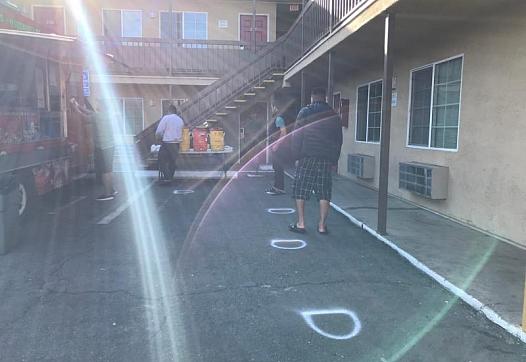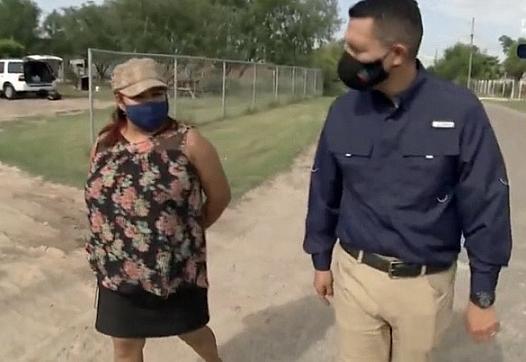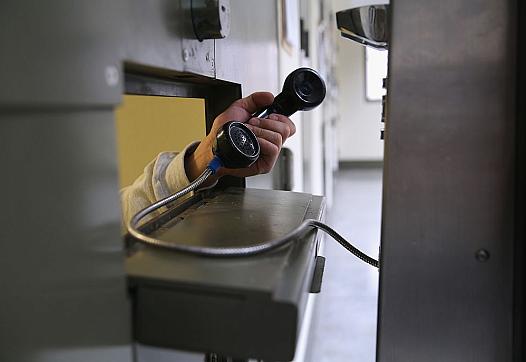
The high numbers indicate a continuing surge, researchers said.

The high numbers indicate a continuing surge, researchers said.

3,184 individuals were given rapid tests in the first five days.

California farmworkers have been hit especially hard by the virus, as they often live in overcrowded housing, travel in groups to work, and lack access to health insurance.

These groups, and others, will need to drop their opposition to vaccination for the shots to work statewide.

Thousands of U.S. Public Housing Residents Live in the Country’s Most Polluted Places

This story by Janine Zeitlin, a participant in the USC Annenberg Center for Health Journalism's 2020 Data Fellowship.

This story was produced by Ida Mojadad, a participant in the 2019 Data Fellowship, who is investigating the efficacy of the health access program Healthy SF in San Francisco....

The colonias of south Texas have been devastated by the pandemic, a crisis made worse by poverty and limited access to health care.

A reporter reflects on lessons learned from an especially challenging story.
For my 2020 National Fellowship project, I wanted to cover all COVID-19 angles and regions along the 3000-mile U.S.-Mexico border, including the number of infections, reasons for disparities, multifamily dwellings, the fate of essential workers, the role played by preexisting conditions, and hospita